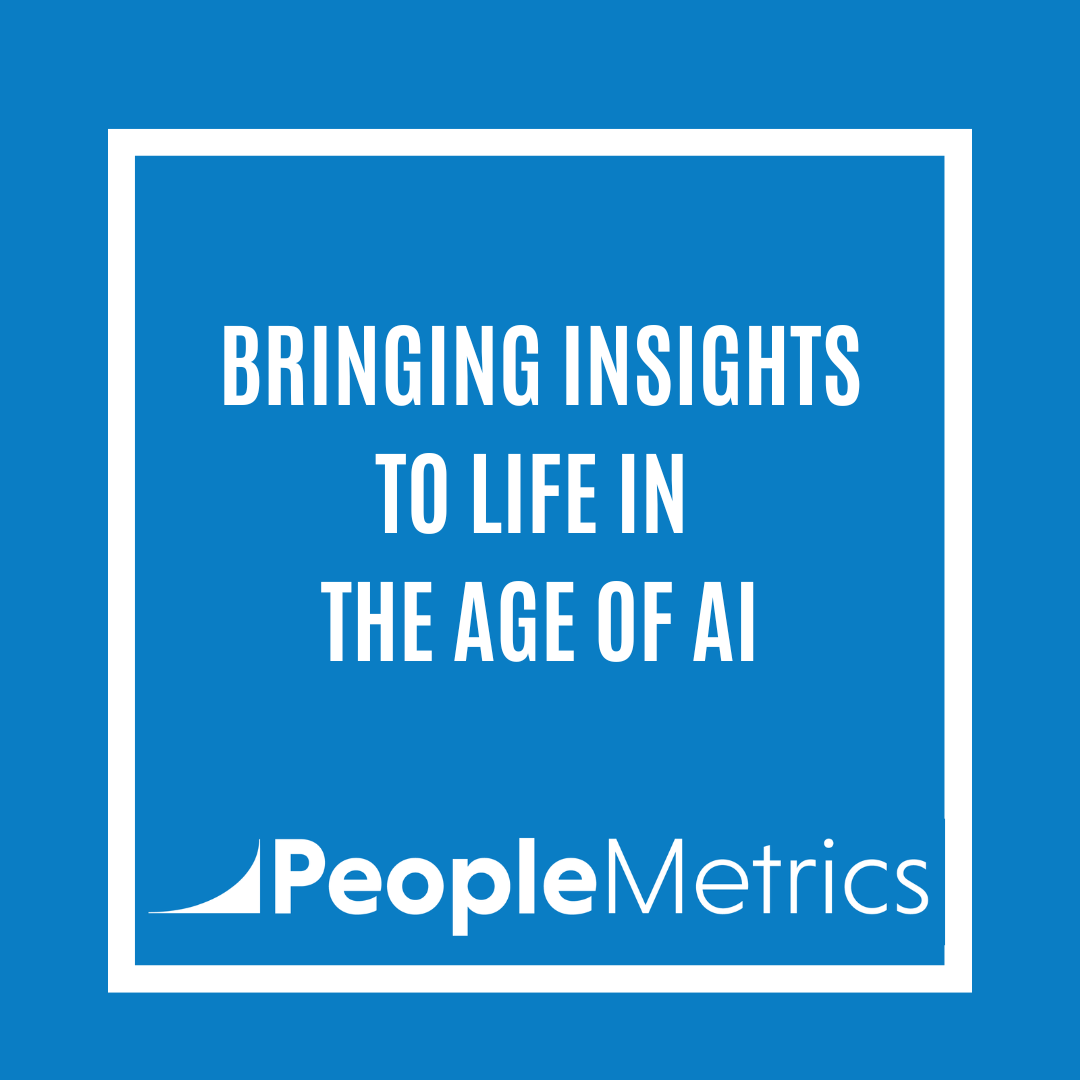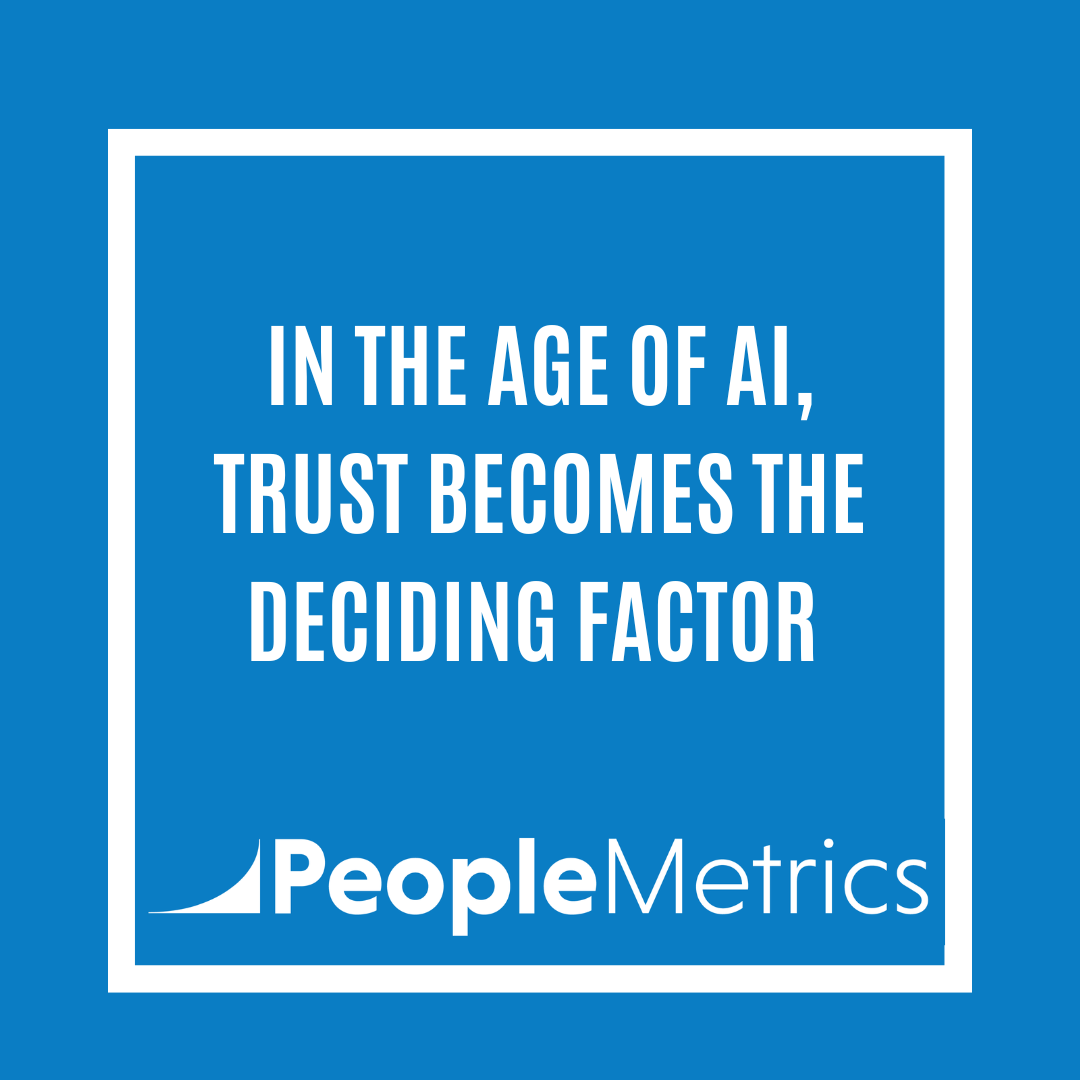There’s been plenty of talk about the “death” of surveys, but let’s be clear—surveys are far from dead! I am sure many of you can appreciate this given the number of surveys you probably receive on a weekly or even daily basis.
Surveys are evolving into smarter, more dynamic tools for capturing customer feedback. The real debate isn’t about whether to ask for customer input; it’s about how to do it in a way that’s engaging, efficient, and truly insightful.
Surveys get a bad rap for two main reasons.
- Survey Length - surveys are often too long—customers, especially on mobile devices, won’t spend 15 minutes filling out a questionnaire.
- Survey Fatigue - over-surveying creates fatigue. When multiple departments at a company independently reach out to the same customer, feedback becomes diluted and, frankly, annoying to the customer.
Yet, despite these challenges, surveys remain the most cost-effective and scalable method to gather structured feedback and even some unstructured feedback.
And today, AI is transforming surveys—not by eliminating them, but by making them smarter and more responsive.
But here’s the twist: while AI can build and optimize surveys at lightning speed, it still requires human oversight to ensure that the right questions are asked in the right way.
How AI Is Transforming Survey Creation and Programming
Rapid Survey Design and Logic Checking
In the past, building a survey was a manual, error-prone process. Today, AI-driven tools can generate entire questionnaires in seconds. These tools can also automatically check survey logic and flow, flagging inconsistencies before the survey is even sent out. For example, consider a customer satisfaction survey that includes a follow-up question:
- Q1: "Did you visit our store this month?" (Yes/No)
- Q2: "How would you rate your in-store experience?" (1–5 stars)
Without proper logic, respondents who answered "No" to Q1 would still see Q2—a frustrating experience that leads to inaccurate data. AI-driven survey tools instantly detect such branching errors, ensuring only relevant questions appear based on prior responses. While AI makes survey design faster and more reliable, human oversight remains critical. CX and market research professionals must decide which questions matter most and validate AI-generated logic to ensure accuracy and relevance.
Dynamic Probing Based on Previous Responses
One of the biggest limitations of traditional surveys is their static nature. AI now allows surveys to become conversational—adapting in real time based on a respondent’s previous answers. For example, imagine a customer responds that they’re dissatisfied with the checkout process. The AI then automatically inserts a follow-up question: “Could you tell us more about what made the checkout process frustrating? Was it the payment options, the navigation, or something else?” This targeted approach not only feels more personal to the customer but also yields much richer unstructured insights.
The Human Factor: AI is a Powerful Tool, But It Needs a Skilled Navigator
Despite these advances, AI is just that—a tool. It can automate survey design, logic, and analysis, but the most crucial decisions still rest with human experts. Here’s why:
- Choosing the Right Questions: AI can suggest questions based on data patterns, but you know your customers and your business better than any algorithm. It’s up to you to decide which questions align with your strategic goals.
- Ensuring Cultural Fit: Every industry has its own language and nuances. Even the most sophisticated AI models need to be calibrated and continually reviewed by people who understand the cultural context of your customer base.
The Bottom Line
Surveys are far from obsolete—but they’re evolving!
AI is dramatically enhancing survey creation, programming, and analysis, turning what was once a tedious process into a dynamic, real-time conversation with your customers.
But even as AI takes on these tasks, the success of your VoC program still hinges on human expertise.
In the end, AI can build the engine, optimize the logic, and analyze the data—but only you and your team can decide which questions to ask, interpret the insights, and drive the changes that make a real difference in customer experience.
Your Turn
So, what’s your experience? Have you embraced AI-powered surveys, and how do you ensure that human insight remains at the heart of your VoC program? I’d love to hear your thoughts in the comments!





